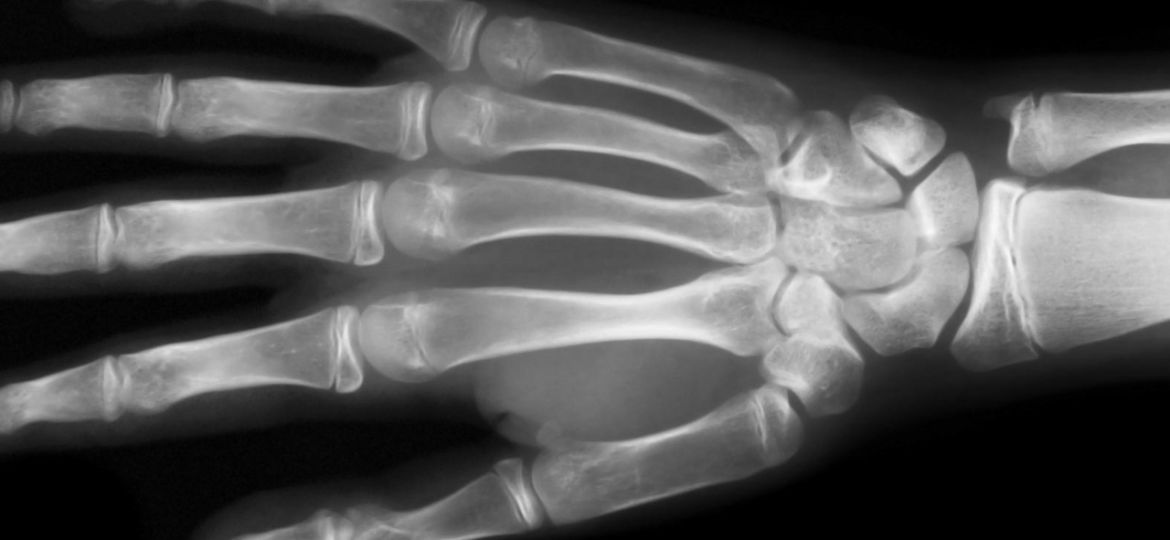
At Toby Orthopaedics, the comfort and lasting range of motion of patients undergoing various surgeries are obviously important to us. Our range of orthopedic implants are tailor-made to streamline hand movements and recovery following an operation.
And it’s all with the end goal of helping people recover. And it’s with that in mind that today we bring you our full rundown of what to do in the days following your flexor tendon repair surgery.
Caring For Your Wounds
Immediately following flexor tendon surgery, your arm will be placed in a long arm cast. This holds your arm in place, from your fingertips past your elbow, protecting your hand and controlling swelling.
Physical therapy becomes an option between up to two days after your surgery. This is usually conducted by a therapist, and it’s crucial for you to follow their instructions to avoid ruptures. A specialist will assess your wound site, and create a program that factors in your specific needs. This will take place roughly three times a week for as long as three weeks after your surgery.
Avoid heavy lifting with your hand or anything that puts stress on the area of your tendon operation. This can lead to ruptures and incorrect healing, and the corrective surgery required to backtrack this is usually multistage.
Keep the incision site cleaned and dry, consistently, until the sutures have been removed. Cover your cast with a plastic bag while showering, and never remove your cast without your therapist’s approval.
Pain Management
An obvious side effect of any major surgery is the associated pain that comes from an open operation. You’ll receive a prescription for pain medication. It’s important to take as directed, in the correct doses and at the right times.
An important note is that you do not want to be “catching up” with your medication, and you should always be up to date. It’s a bad situation when you suddenly have bad pain, but you’ve stopped taking your medication because you thought the pain was too minor.
Nausea medication is also often provided. As with your painkillers, make sure to take these pills as directed. If at any point, you lose track of your medication for any reason, a simple phone call will set you straight, so don’t hesitate to call your doctor within reason.
As a final note, there is a certain amount of pain you may just have to deal with in the long term, unfortunately. It’s normal to experience periodic pain for up to a year after surgery, and many people report worsened pain during cold weather.
Activity
Flexor tendons are central to most of the movement in our hands, and it’s important to avoid using them to safeguard healing. Gripping items and overflexing in the process can cause ruptures and the resulting corrective surgeries that come with them.
Your results may vary. Typically, however, don’t use your hand for any significant activity for up to six weeks following your surgery. During this time, you’ll focus instead on hand therapy, which may last for up to twelve weeks or more.

